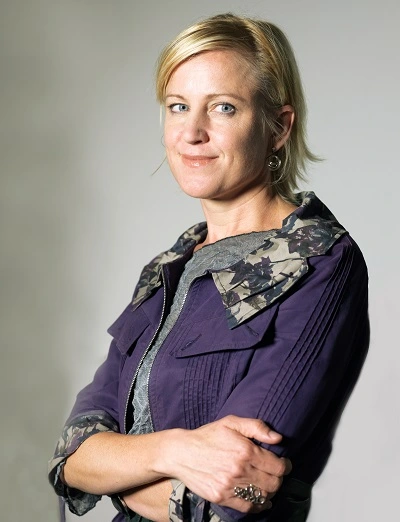Melody Swartz

The yin and yang of tumor-associated lymphatics in metastasis and anti-tumor immunity
Abstract
Tumor engagement or activation of surrounding lymphatic vessels is well-known to correlate with tumor progression and metastasis in melanoma and many other cancers. We and others have identified several mechanisms by which the lymphatic growth factor VEGF‑C and lymphangiogenesis can promote metastasis, including (i) increasing immune suppressive cell types and factors in the tumor microenvironment both directly and indirectly, (ii) inhibiting maturation of antigen-presenting cells and T cell activation, and (iii) driving changes in the stromal microenvironment that promote both cancer invasion and immune suppression.
However, lymphatic activation also enhances communication with cells in the draining lymph node by antigen and cell transport, which may trigger the initiation of adaptive immune responses against the tumor. Under normal conditions, the potential anti-tumor effects are rendered ‘dormant’ by the pro-tumor immune suppression, and the tumor progresses. However, we found that lymphangiogenic tumors are exceptionally responsive to immunotherapy, implying that the anti-tumor aspects can be unleashed when the overall balance of pro- and anti-tumor immune aspects is tipped enough towards the latter (e.g., upon tumor cell killing).
On the mechanistic side, we are finding that ‘lymphangiogenic potentiation’ depends on tumor cell infiltration of both CD103+ dendritic cells and naïve T cells, driving local T cell education post-immunotherapy and antigen spreading. On the translational side, we are developing novel strategies to exploit lymphangiogenesis for cancer immunotherapy. Understanding the yin and yang of lymphatic activation in the tumor microenvironment and how it affects immunity may lead to exciting new translational strategies for cancer immunotherapy.
Biography/Link
Melody A. Swartz is the William B. Ogden Professor at the University of Chicago’s Pritzker School of Molecular Engineering. She also holds a joint appointment in the Ben May Department for Cancer Research. Dr. Swartz obtained her BS in chemical engineering from Johns Hopkins University and her PhD from MIT, followed by postdoctoral research at Harvard Medical School and Brigham & Women’s Hospital. Starting as an assistant professor in Northwestern University’s Department of Biomedical Engineering, Dr. Swartz later became a full professor at the Ecole Polytechnique Fédérale de Lausanne (EPFL), where she served as director of the Institute of Bioengineering.
Dr. Swartz, a bioengineer, employs quantitative approaches in immunobiology and physiology, focusing on biotransport and biomechanics. Her research aims to understand how the lymphatic system regulates immunity in health and disease, particularly in cancer and chronic inflammation. This knowledge is translated into novel immunotherapeutic strategies, including lymph node-targeting vaccine approaches, and the development of in vitro models mimicking the tumor-immune interface.
Recognized for her contributions, Dr. Swartz was elected to the National Academy of Engineering in 2023, the National Academy of Medicine in 2020, and the American Academy of Arts and Sciences in 2018. She was also named a MacArthur Fellow in 2012. Her research focuses on uncovering and utilizing the roles of lymphatic function in cancer and chronic inflammatory diseases, such as asthma, through interdisciplinary approaches. Key projects include investigating the immunological implications of lymphangiogenesis in tumors and developing innovative strategies for immunotherapy targeting the lymphatics and sentinel lymph nodes.
An essential aspect of her work involves developing physiologically relevant 3D model systems to mimic tumor and lymphatic microenvironments, complementing studies using mouse models to gain insights into tumor cell invasion and metastasis.
https://pme.uchicago.edu/faculty/melody-swartz
